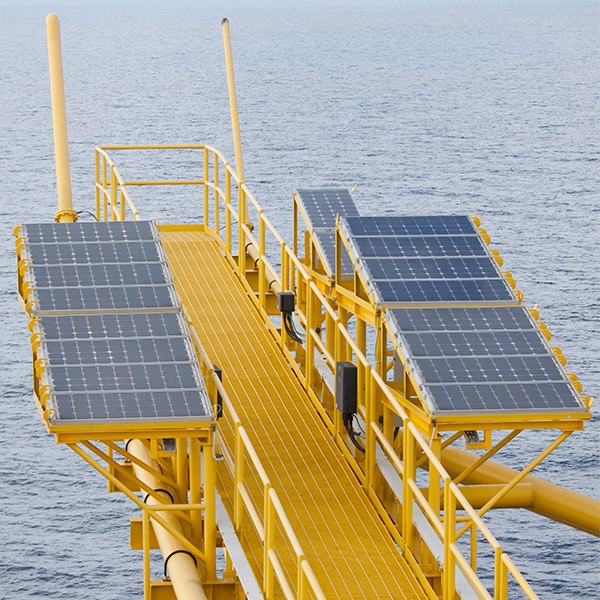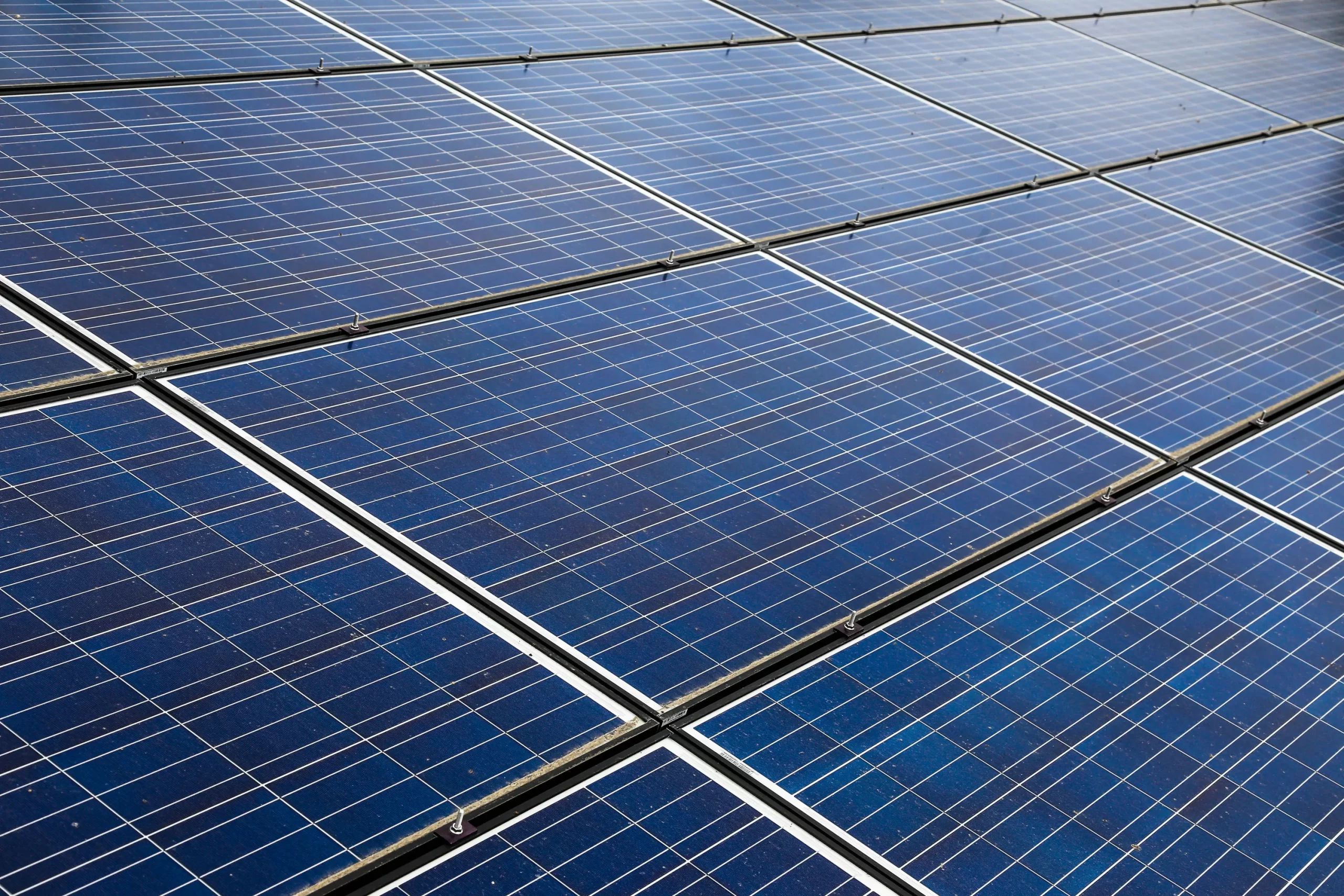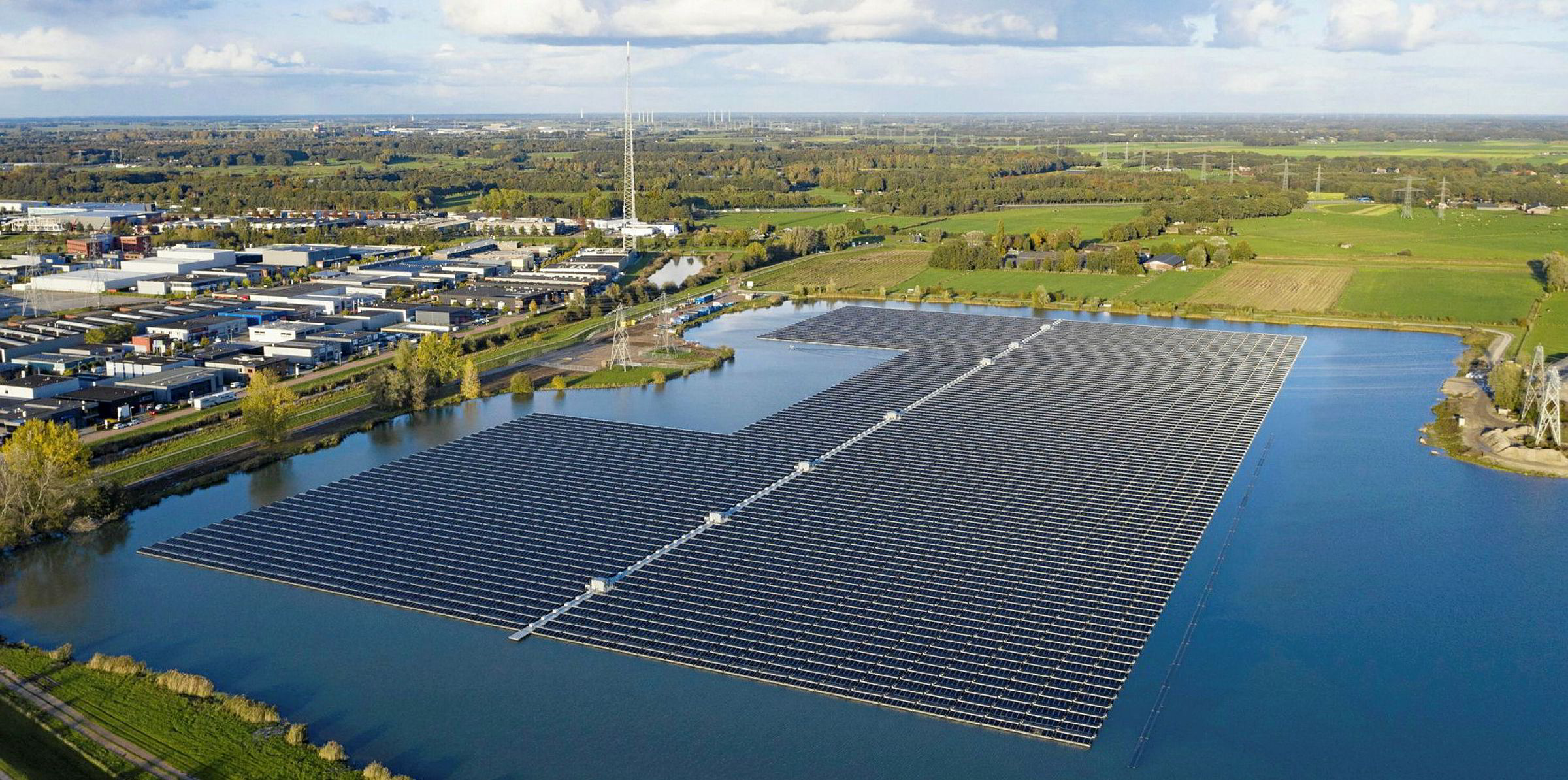Are you developing Micro Grid in the North Sea oil platforms? Here are the challenges.
The vast, turbulent expanse of the North Sea might seem an unlikely place for a solar energy revolution. Yet, amidst the powerful winds and undulating waves, offshore oil platforms are setting the stage for a significant shift in solar energy sourcing. Here, in one of the most demanding environments on Earth, solar energy microgrids are emerging as a beacon of sustainability and innovation.
Traditionally, these offshore platforms have relied on diesel generators to meet their considerable solar energy needs. These generators are not only costly to operate but also produce substantial emissions, contributing to the global issue of climate change. However, with increasing environmental regulations and a growing push towards greener technologies, the oil and gas industry is exploring alternative solar energy solutions. Solar energy microgrids offer a promising path forward.
The Promise of Solar Energy Microgrids
Solar microgrids represent a transformative solution for energy generation in remote, harsh environments. These systems are capable of harnessing the sun’s power to produce clean, solar energy. By integrating solar panels directly onto offshore platforms, or nearby via floating structures, these microgrids can collect solar energy throughout the day, reducing reliance on diesel and cutting both operational costs and greenhouse gas emissions.
The appeal of solar microgrids is not just their environmental benefit but also their potential to enhance solar energy resilience. By diversifying solar energy sources, platforms can decrease the risk of disruptions, which is critical in isolated and extreme conditions like those found in the North Sea.
Overcoming Challenges
Despite their potential, the implementation of solar energy systems on offshore platforms faces several challenges. The harsh maritime climate of the North Sea poses a significant barrier; salt spray, high winds, and extreme weather can all diminish the efficiency and lifespan of traditional solar panels. Additionally, the limited space available on platforms requires innovative solutions to deploy enough solar panels to make a meaningful impact.
To address these issues, advancements in technology are critical. Solar panels used in these settings must be robust, capable of withstanding the environment’s corrosive and abrasive elements. Innovations such as flexible, corrosion-resistant solar films and specially designed mounting systems that can endure severe marine conditions are key to making solar technology viable for offshore solar energy generation.
Recommendations to Choose the Optimal Solar Products for Such Solar Applications
Sustainergy Solar offers a technical service where the clients can consult our engineering department to choose the optimal BoM (Bill of Materials) with high compatibility to difficult project operating circumstances. For instance, TOPCon solar modules equipped with double-layer high transparent and transmittance glass backed with POE (Polyethylene Elastomer) encapsulated material besides highly isolated junction boxes, cables, and connectors are the best choice for high operating temperatures and corrosive contaminations. While selecting the mounting structure, the solar designer shall select dip galvanized or anodized layers of aluminum with a high rate of corrosion protection, and the inverters shall have a high protection index and be equipped with cooling features.
Economic and Regulatory Landscape
Adopting solar microgrids also involves navigating complex economic and regulatory environments. The initial costs of solar installations are significant, but the long-term savings on fuel and the potential reduction in environmental penalties present a compelling case for investment. Furthermore, supportive policies and incentives from governments can greatly enhance the viability of solar energy projects in such challenging settings.
A Vision for the Future
The integration of solar microgrids on North Sea oil platforms is more than just an upgrade in energy infrastructure; it represents a pivotal shift in the operational and environmental ethos of the offshore oil industry. This move towards sustainability reflects a broader change across global industries, driven by the urgent need for environmental stewardship and sustainable development.
As this technology continues to evolve and adapt to the unique demands of offshore solar energy generation, it offers a hopeful glimpse into the future of industrial operations. By reducing fossil fuel dependence and embracing renewable sources, North Sea oil platforms are not only addressing immediate operational needs but are also aligning with global efforts to combat climate change, paving the way for a cleaner, more sustainable world.




